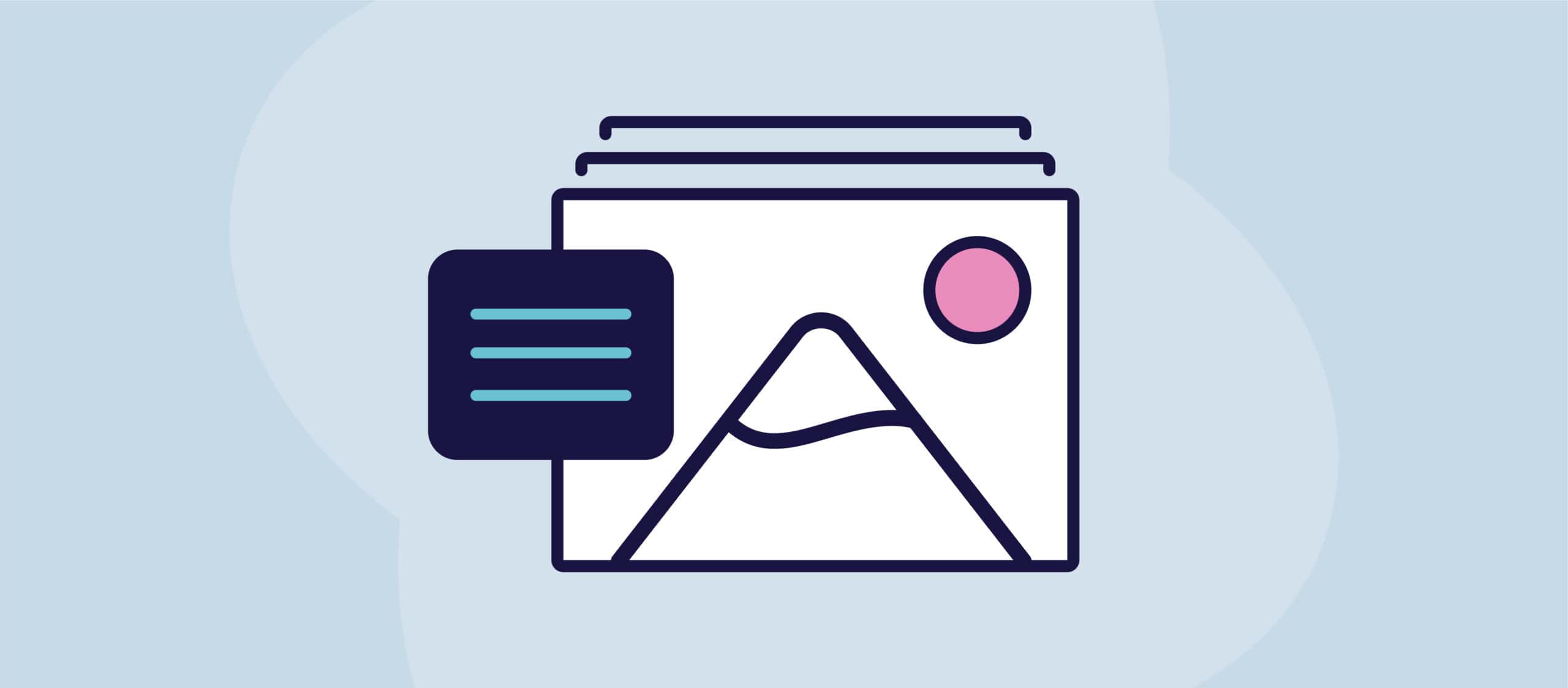Digital tilgjengelighet i Canada er underlagt ulike lover og standarder som skal sikre at digitalt innhold og digitale tjenester er tilgjengelige for alle, også for personer med nedsatt funksjonsevne.
Lov om et tilgjengelig Canada (ACA)
Vedtatt i 2019, ble Lov om et tilgjengelig Canada (ACA) er et grunnleggende skritt mot å oppnå et Canada fritt for barrierer innen 2040, med betydelig vekt på digital tilgjengelighet. Denne banebrytende lovgivningen er rettet mot inkludering av digitale plattformer, inkludert nettsteder og mobilapplikasjoner, for å sikre at de er tilgjengelige for personer med funksjonsnedsettelser, for eksempel syns-, hørsels-, kognitive og motoriske funksjonsnedsettelser. ACA pålegger føderalt regulerte bransjer, inkludert telekommunikasjon og bankvirksomhet, samt føderale myndigheter, å følge internasjonale standarder som Web Content Accessibility Guidelines (WCAG). Disse retningslinjene gir et rammeverk for å skape nettinnhold som er tilgjengelig for alle, og understreker ACAs forpliktelse til digital inkludering.
Fokuset på digital tilgjengelighet under ACA anerkjenner den avgjørende rollen teknologi spiller i det moderne liv, og har som mål å fjerne barrierer som hindrer personer med nedsatt funksjonsevne i å få tilgang til nettbaserte tjenester og informasjon. Dette fremmer ikke bare likestilling og inkludering, men forbedrer også den digitale opplevelsen for hele den kanadiske befolkningen, i tråd med prinsippet om at tilgjengelig design beriker brukeropplevelsen for alle.
Retningslinjer for tilgjengelighet til webinnhold (WCAG)
Den Retningslinjer for tilgjengelig webinnhold (WCAG) er utviklet av World Wide Web Consortium (W3C) som den globale standarden for tilgjengelighet på nettet, og er utformet for å gjøre nettinnhold tilgjengelig for personer med nedsatt funksjonsevne. Disse retningslinjene bygger på fire grunnleggende prinsipper som skal sikre at nettinnhold er oppfattbart, brukbart, forståelig og robust (POUR) for brukere med visuelle, auditive, kognitive og fysiske funksjonsnedsettelser. WCAG beskriver detaljerte retningslinjer og suksesskriterier på tvers av tre samsvarsnivåer: A, AA og AAA, der nivå AA ofte er en balansert standard for de fleste nettsteder.
Viktige anbefalinger er blant annet å tilby tekstalternativer for innhold som ikke er tekst, sørge for at nettstedets funksjonalitet er tilgjengelig via tastaturet og gjøre nettinnholdet lett å navigere i og forstå. Disse tiltakene er ikke bare rettet mot personer med nedsatt funksjonsevne, men forbedrer også den generelle brukeropplevelsen ved å gjøre nettsidene mer navigerbare og intuitive for alle brukere.
WCAG fremmer inkludering og likestilling i den digitale verden, og sikrer at nettinnhold er tilgjengelig for et bredere publikum. Etter hvert som den digitale teknologien utvikler seg, fortsetter WCAG å spille en avgjørende rolle når det gjelder å veilede utviklere og innholdsskapere i arbeidet med å skape mer tilgjengelige og brukervennlige nettmiljøer, og dermed fremme en mer inkluderende digital verden.

Kanadisk menneskerettighetslov
Den Kanadisk menneskerettighetslovsom er avgjørende for å fremme likestilling og hindre diskriminering i Canada, tar indirekte for seg digital tilgjengelighet, noe som gjenspeiler den digitale tidsalderens innflytelse på tilgangen til informasjon og tjenester. Selv om det ikke står eksplisitt, tolkes lovens prinsipper slik at digitale plattformer, som nettsteder og mobilapplikasjoner, skal være tilgjengelige for personer med nedsatt funksjonsevne, herunder syns-, hørsels-, motoriske og kognitive funksjonsnedsettelser. Denne tolkningen understreker lovens rolle i å sikre at digitale miljøer er inkluderende, slik at alle medlemmer av samfunnet kan delta fullt ut, også de med nedsatt funksjonsevne.
Lovens rekkevidde inn i digital tilgjengelighet fremhever utviklingen av tilgjengelighet fra rent fysiske rom til også å omfatte digitale rom. Den understreker nødvendigheten av at digitalt innhold og digitale tjenester utformes på en ikke-diskriminerende og tilgjengelig måte. På denne måten fremmer den kanadiske menneskerettsloven et mer inkluderende digitalt landskap, og tvinger organisasjoner under dens jurisdiksjon til å prioritere digital tilgjengelighet. Denne tilnærmingen fremmer ikke bare inkludering, men er også i tråd med det bredere målet om å fremme likestilling og menneskerettigheter i alle aspekter av livet i Canada, inkludert det voksende digitale domenet. Gjennom sin anvendelse på digital tilgjengelighetspiller loven en avgjørende rolle når det gjelder å forbedre tilgangen for alle kanadiere og dermed bidra til et mer rettferdig digitalt samfunn.
Provinsiell lovgivning
Provinslovgivningen i Canada spiller en avgjørende rolle for å styrke digital tilgjengelighetog utfyller nasjonale tiltak som Accessible Canada Act. Ontario ligger i forkant med sin Lov om tilgjengelighet for personer med nedsatt funksjonsevne i Ontario (AODA), som ble innført i 2005. AODA krever at offentlige organer og private og ideelle organisasjoner med 50 eller flere ansatte skal gjøre nettinnhold tilgjengelig i samsvar med Web Content Accessibility Guidelines (WCAG) 2.0 Level AA. Denne standarden skal sikre at digitale plattformer er tilgjengelige for personer med ulike funksjonshemminger, blant annet syns-, hørsels- og motoriske funksjonshemminger.
Etter Ontario har provinser som Manitoba og Nova Scotia vedtatt lignende lover som tar sikte på å fjerne hindringer for personer med nedsatt funksjonsevne i digitale rom. Disse lovendringene viser at det er en økende erkjennelse av hvor viktig det er med digital inkludering, slik at alle innbyggere får likeverdig tilgang til informasjon og tjenester på nettet.
Slik provinsiell lovgivning understreker forpliktelsen til å fremme et inkluderende digitalt miljø, noe som ikke bare kommer personer med nedsatt funksjonsevne til gode, men også samfunnet for øvrig, ved å fremme etableringen av mer intuitive, lettnavigerte og robuste digitale plattformer. Etter hvert som provinsene fortsetter å utvikle og håndheve digital tilgjengelighet lover, utvikler Canada seg i retning av en mer inkluderende digital verden for alle innbyggere.



